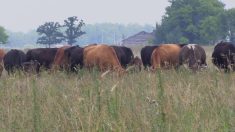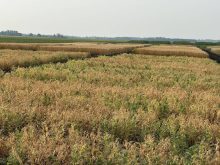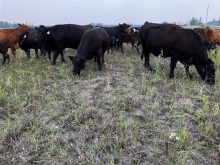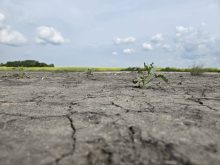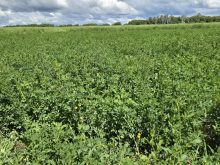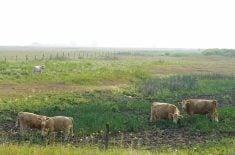San Antonio resident Janet Garibay is starting the process of bringing her lawn back from the dead.
“Our yard was destroyed by the drought,” said Garibay, who visited a local home-improvement store Feb. 25 to pick up shrubs, plants and grass seed. “We’re hoping that this rainier weather will help us put it together again.”
As spring approaches, recent rains across much of the state are giving drought-weary Texans hope that the devastation may be over.
The drought that destroyed Garibay’s lawn also killed millions of trees, sparked wildfires that burned nearly four million acres and caused billions of dollars in losses to the state’s farming and ranching industries. Last year was the driest year on record in Texas, and the second-hottest, according to the National Weather Service.
Read Also
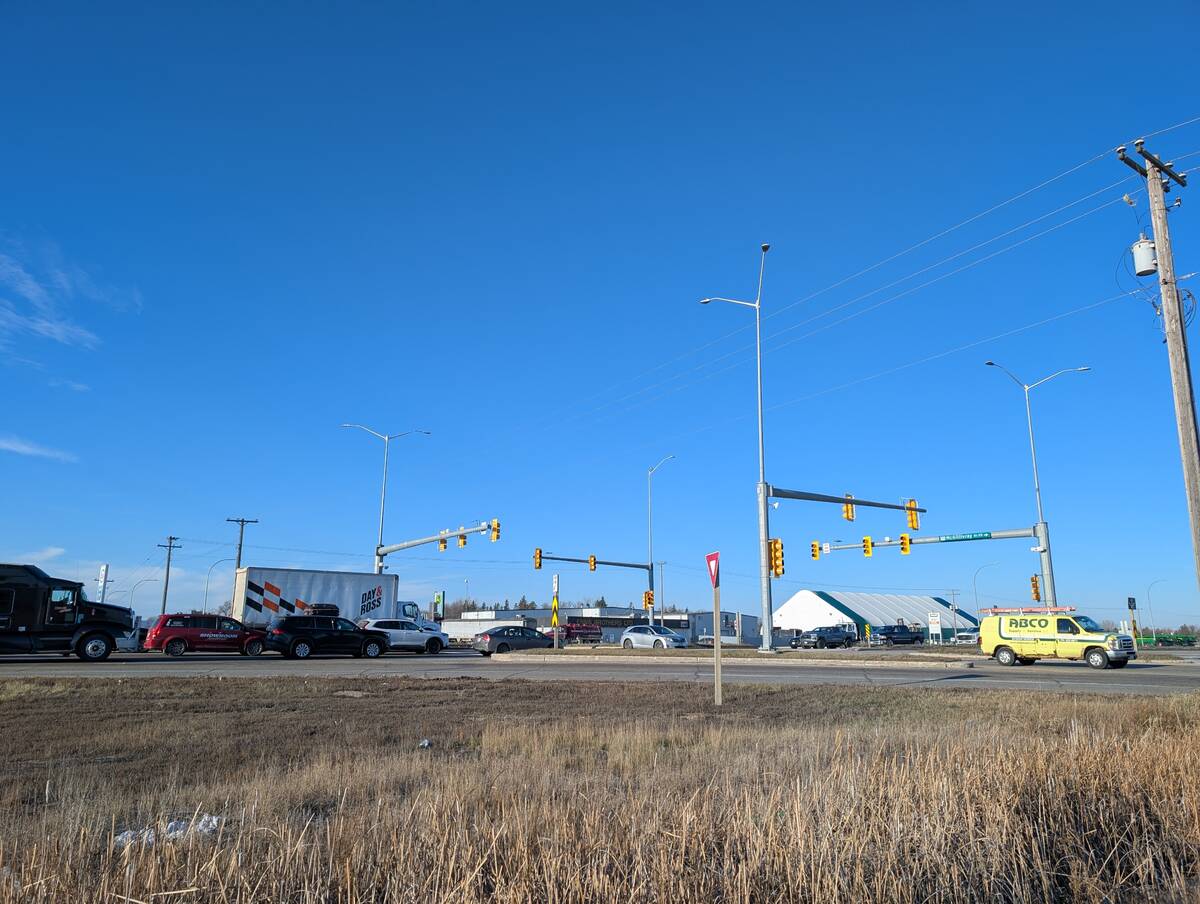
Manitoba farmers uneasy on expropriation
Farmland expropriation for Oak Bluff highway project brings process, farmer compensation concerns back to the fore.
Now, a little more than a third of the state — and none of the state’s four largest metropolitan areas — is suffering from extreme or exceptional drought, according to a survey released last week by the U.S. Drought Monitor. By contrast, last September, nearly 97 per cent was in one of those two most severe categories.
Parts of Texas received more rain in the first six weeks of 2012 than they received in all of 2011, state climatologist John Nielsen-Gammon said.
The drought still lingers in lightly populated parts of West Texas, the Texas Panhandle and in the brush country that hugs the Gulf Coast south of Corpus Christi. But San Antonio and Austin are only in moderate drought; Dallas-Fort Worth has emerged from the drought entirely; Houston is listed just as abnormally dry; and a large stretch of North Texas is back to normal moisture levels, according to the survey.
Heavy rains in January and early February were a welcome sight to farmers who suffered more than $5 billion worth of crop damage in last year’s drought, according to Texas Agriculture Commissioner Todd Staples. The drought has resulted in higher consumer prices for everything from beef to peanut butter.
Even non-food items like clothing were pushed up by the dry spell, as much of the state’s cotton crop was destroyed. Texas produces 55 per cent of the nation’s cotton.
“Planting is going on in much of Texas and fields are being prepared, so these rains could really make or break many producers’ seasons,” Staples said.
That said, the state still remains abnormally dry, and with some lakes dozens of feet below average levels, farmers are just two dry weeks away from parched fields in which crops couldn’t germinate, Staples said.
“With such a long season, we need sustained rains, and we need a major rain event to fill up our reservoirs,” he said.


